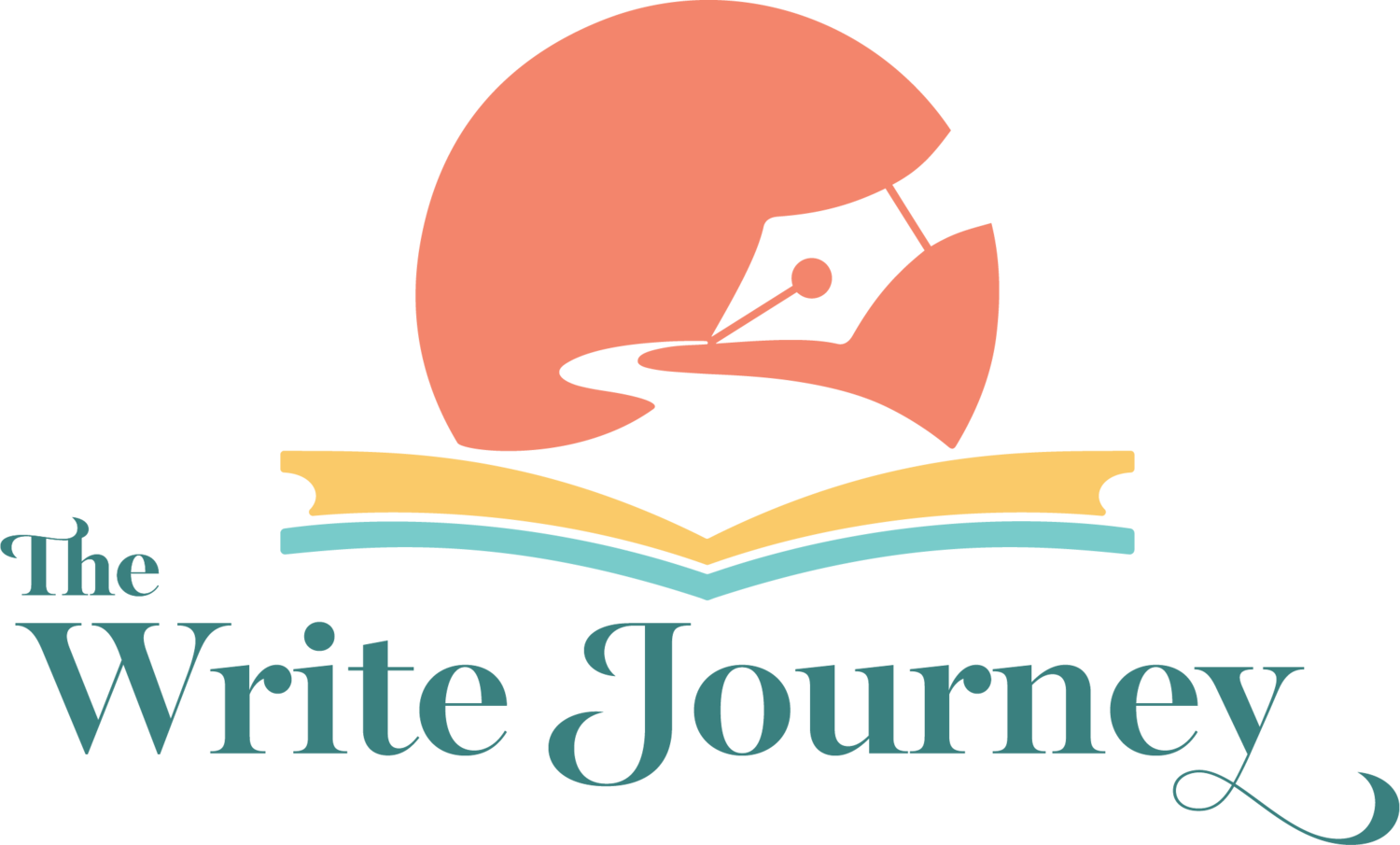Have you ever wondered what students might create for an Enrichment Project? Here is a writing assignment and video created by one of our students, Asher Bertholf! Asher was in 5th grade at the time, and had been in our classes for 2.5 years at the time of this project’s creation. You’ll notice that the written composition is not without some errors; that’s to be expected. However, he did a wonderful job on both portions. Be sure to read to the end and even click on the YouTube video to see this student’s visual/oral project!
Asher Bertholf
21 Balloons Enrichment Essay 3/22/2019
A Suspenseful Reaction
After reading the book, Twenty One Balloons, By William Pène du Bois, I innovated a chain reaction related to Professor Sherman’s adventure. A chain reaction is a sequence of reactions brought on by an initial movement. Will Professor Sherman’s ideas and choices allow him to escape the trap of Krakatoa?
I incorporated a metal screw in my chain reaction. Standing on a ladder, I got a huge screw-like pole and stuck it in the ground. My dad lent me a pole driver from his garage to pound the screw into the ground. Then, I got some twine tied it around the center of the screw and attached the end to the next object. I got a square metal plate with a hole in the middle and slid it down the screw. When it went down, it pulled the twine like a pulley system. That caused the next object to release. This replicates the Airy-Go-Round in the story. The Airy-Go-Round floated up the screw, high into the sky. In the story, it was seventy feet tall, whereas mine was seven feet tall.
The next apparatus in the chain reaction involved a balloon house. I made the balloon house with cardboard, Sharpies, a balloon, and paperclips. With my colored Sharpies I drew a magnificent house on cardboard and attached a blown balloon to the back using a clothes pin. I attached two paper clips to the top of the house which hung from a fishing line that stretched to the next object. When the twine got pulled from the metal plate, it tugged the house from the tree. The house slid smoothly down the fishing line. It triggered the next piece. This structure symbolized Professor Sherman floating over the ocean. He wafted smoothly until he reached a sudden stop. The future of the unknown looked uncertain.
The next station, the island of Krakatoa led to be treacherous. I built a replica of a volcano out of K’nex. Configuratively, I attached a track and car to it, made to fit the K’nex volcano. I set a cup followed by a ball at the end of the track. A small string held the car in place, so when the balloon house hit the vehicle, down the track it went. The car flew off the track. It hit a cup into the ball. This symbolized the volcano on Krakatoa. Like an electric chair racing around the volcano, the car flew. The car soared off the track just as the passengers in the electric chair were thrown out the window.
Subsequently, Dominos lined the next event. Carefully, I placed the Dominos in line. At the end of the line, the Dominos were set flat and built like a staircase. I lined the Dominos up the staircase. As the ball hit the first Domino, they all came falling down sequentially. Orderly, they fell from the bottom to the top of the staircase. The last Domino fell off the edge of the staircase onto the next object. This scene symbolized the houses on Krakatoa catastrophically crashing down one right after another. Sequentially, the houses kept falling down until the last one crashed. Professor Sherman’s telling of events collapsed.
The final stage of the chain reaction ended with the treacherous trap of Krakatoa. First, I got a mouse trap and hot glued a clothespin to the end. I set the trap. I attached a helium balloon to the mouth of the clothespin. When the last Domino fell, it landed on the trigger of the mousetrap. The trap snapped, crushing the clothespin, releasing the helium balloon. The balloon flew upwards. This relates to Professor Sherman narrowly escaping the the trap of the island.
To the second, he grabbed onto the balloon strings. He floated to safety.
Watching the chain reaction was the most fun of all. The ingenuity of my different ideas were attempted over a full week of building. Some plans I abandoned. Some I kept. I learned about friction, force, resistance, weight and angle. I liked combining all my subjects of school into one project: science, math, geography and literature.





